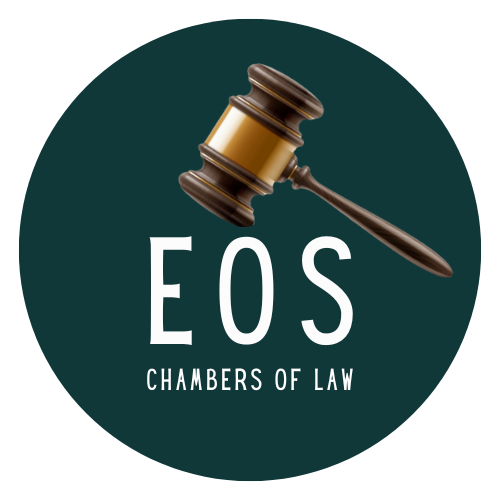🤝 Mediation vs. Arbitration: Choosing the Right Path in A

🤝 Mediation vs. Arbitration: Choosing the Right Path in ADR ⚖️
Alternative Dispute Resolution (ADR) has become an increasingly popular method for resolving disputes outside of traditional court litigation. Among the various ADR methods, mediation and arbitration stand out as two of the most commonly used approaches. While both aim to provide an efficient and less adversarial resolution process, they differ significantly in terms of procedure, outcome, and suitability for different types of disputes.
Mediation: A Collaborative Approach 🤝
Mediation is a voluntary process in which a neutral third party, the mediator, facilitates discussions between the disputing parties to help them reach a mutually agreeable solution. The mediator does not impose a decision but instead assists the parties in exploring their interests and finding common ground. Mediation is particularly well-suited for disputes where the parties wish to maintain or repair their relationship, such as family conflicts, workplace disputes, or commercial negotiations.
Key Benefits of Mediation:
- Control: Parties retain control over the outcome and can tailor the agreement to their specific needs.
- Confidentiality: Mediation proceedings are private, allowing sensitive information to be kept out of the public domain.
- Flexibility: The process is informal and can be scheduled at the convenience of the parties.
Arbitration: A Binding Resolution 📝
Arbitration, on the other hand, is a more formal process where the disputing parties agree to submit their conflict to one or more arbitrators, who act like private judges. The arbitrator(s) review evidence, hear arguments, and render a binding decision, known as an award. Arbitration is often chosen for its finality and enforceability, making it a preferred method in commercial disputes, particularly those involving complex legal issues or large sums of money.
Key Benefits of Arbitration:
- Finality: The arbitrator's decision is usually final and binding, with limited grounds for appeal.
- Expertise: Parties can select arbitrators with specific expertise relevant to the dispute.
- Efficiency: Arbitration can be faster than court litigation, with a streamlined process and limited discovery.
Choosing the Right Path 🛤️
When deciding between mediation and arbitration, parties should consider the nature of their dispute, their relationship with the other party, and their desired outcome. Mediation is ideal for those seeking a collaborative solution and wishing to preserve their relationship, while arbitration is better suited for parties needing a decisive, enforceable resolution with minimal delay.
In conclusion, both mediation and arbitration offer valuable alternatives to traditional litigation, each with its own advantages. By understanding the differences between these ADR methods, parties can make an informed decision that aligns with their goals and the specific circumstances of their dispute.
Post Categories
Featured Posts
Latest Posts
Latest Posts

Supreme Court Dismisses PIL Seeking Independent Audit Of EVM Source Codes...
The Supreme Court on Friday refused to entertain a Public Interest Litigation PIL seeking an independent audit of source codes of Electronic Voting Machines EVMs The bench comprising CJI DY Chandrachud Justice JB Pardiwala and Justice Manoj Misra noted that...

Muzaffarnagar slapping case SC pulls up UP govt over delay in student counselling...
After perusing the state reply Friday the bench said it reflected that the counselling process had not been done yet ldquo It is not reflected it is not being done rdquo said Justice Oka The Supreme Court Friday pulled up...

Section CrPC 'Right To Remain Silent Not Be Used Against Accused' Supreme Court Summarises...
Recently the Supreme Court in a noteworthy judgment while acquitting a woman accused of killing her own child and was convicted for murder and sentenced to life imprisonment also decided the question of what may be required of the convict...

Maternity Benefits Must Be Granted Even If Period Of Benefit Overshoots Term Of Contractual...
The Supreme Court on Thursday Aug held that maternity benefits have to be granted even if the period of benefit overshoots the term of contractual employment Maternity benefits can travel beyond the term of contractual employment The court directed the...

Speak With Our
Get a Appointment


















